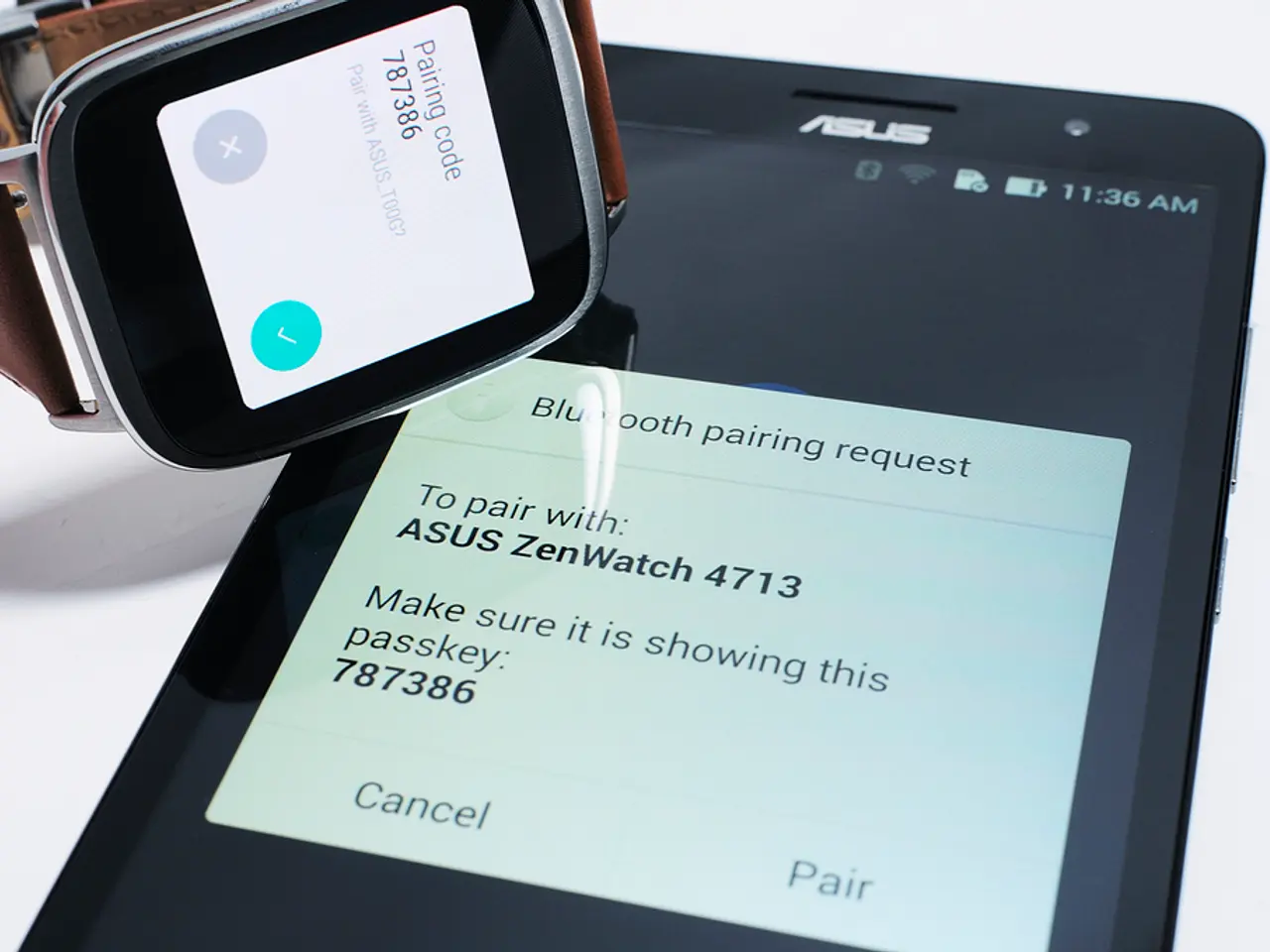Global smartphones, numbering 2 billion, have been re-purposed to function as a worldwide earthquake early warning system, demonstrating performance comparable to seismometers, according to recent tests.
Google's Android Earthquake Alerts (AEA) system, published in the journal Science on July 17, 2023, is revolutionising the way earthquake warnings are delivered worldwide. The system, which uses smartphone and smartwatch accelerometers to detect fast-moving P-waves before an earthquake, is increasingly effective and can approach the performance of traditional seismometers, particularly on a global scale where dedicated seismic networks are limited or absent.
The AEA system works by gathering vibration data from a large number of Android phones simultaneously. When many phones detect shaking at roughly the same time and location, Google's algorithms identify this as an earthquake and send alerts to users based on the shaking’s intensity. Alerts can reach millions in seconds, even before ground shaking begins in some cases.
One of the key advantages of the AEA system is its global scale coverage. It leverages over 2 billion Android devices, instantly creating a worldwide sensor network without the high costs of dedicated equipment installation in many regions. The system expands automatically with more device users, making it cost-effective and scalable.
However, the AEA system has some limitations compared to traditional seismometers. Smartphone accelerometers are less sensitive and precise than specialized seismic stations, and the system depends heavily on its detection algorithms. For example, it drastically underestimated the magnitude of the 2023 Turkey-Syria earthquake, resulting in far fewer serious alerts than necessary. This underestimation caused many alerts to be delayed or issued after shaking had started, reducing warning effectiveness for that event.
Recent improvements made after the Turkey earthquake include extending the initial earthquake assessment period, filtering phones with too much background noise, and adjusting alert criteria for better magnitude estimates and alert timing. These updates have significantly improved the system's reliability and coverage.
As of March 2024, the AEA system has issued 1,279 alerts, capturing over 11,000 quakes between 2021 and 2024. The system has increased the number of people with access to earthquake alerts from 250 million in 2019 to 2.5 billion today.
The AEA system's potential is particularly significant in regions lacking standard seismic infrastructure. By filling coverage gaps, it can help potentially millions get timely alerts, potentially saving lives and reducing the impact of earthquakes. The system is currently operating in several countries, including Greece, Turkey, the United States, Japan, and Indonesia.
In summary, while Google's AEA system is not yet as flawless as traditional seismic networks, particularly for very large, complex earthquakes, it is highly effective for rapid widespread alerts globally. Ongoing algorithm refinements continue to improve its reliability and coverage with the goal of matching or exceeding traditional seismometer-based systems in overall warning utility.
Science and technology integration has led to the development of Google's Android Earthquake Alerts (AEA) system, which uses both smartphones and smartwatches to detect and alert users of potential earthquakes. Despite some limitations compared to traditional seismometers, the AEA system's global scale coverage and cost-effectiveness have significantly increased the number of people with access to earthquake alerts, potentially saving lives and reducing the impact of earthquakes, especially in regions lacking standard seismic infrastructure.




